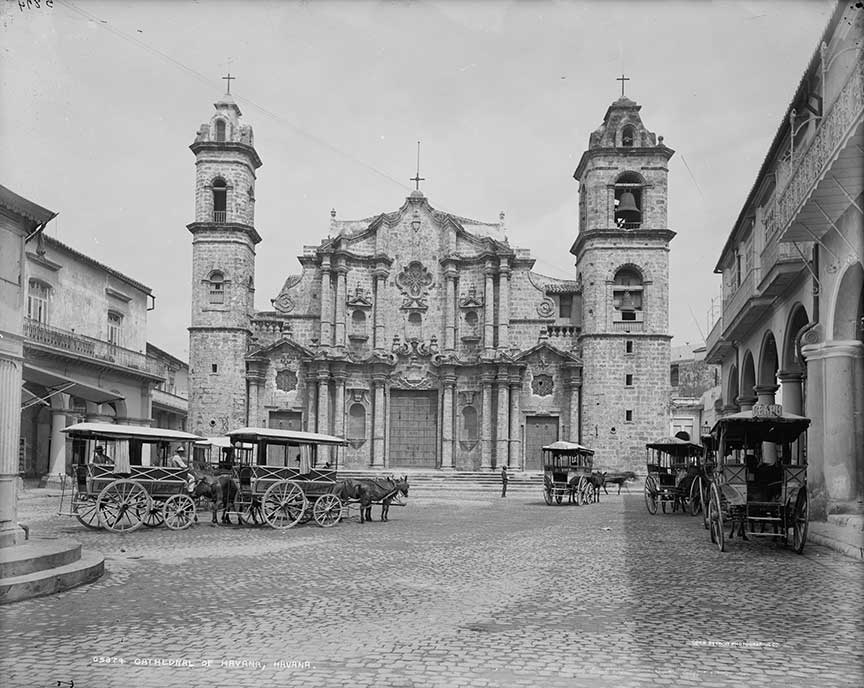1906 -US Troops Occupy Cuba

Havana 1906
After a revolt broke out in Cuba, the Cuban leader Tomas Estrada Palama asked the United States to intervene. U.S. forces occupied the island and organized a provisional government.
In the early 20th century, the United States' intervention in Cuba, at the behest of Cuban leader Tomás Estrada Palma, marked a significant moment in the history of U.S.-Cuban relations. This event reflected the broader pattern of American involvement in Latin American affairs, which became particularly pronounced in the aftermath of the Spanish-American War of 1898.
Cuba, having gained its independence from Spain as a result of the Spanish-American War, found itself significantly influenced by the United States. This influence was institutionalized through the Platt Amendment of 1901, embedded in the Cuban Constitution, which granted the U.S. the right to intervene in Cuban affairs to preserve its independence and maintain governmental stability. In this context, the presidency of Tomás Estrada Palma, Cuba's first president, began in 1902. However, his administration soon faced internal political strife and accusations of electoral malpractice, leading to a tense political environment.
By 1906, these tensions culminated in a revolt against Estrada Palma's government, fueled by allegations of electoral fraud and political discontent. The situation rapidly deteriorated into an armed conflict, as various factions within Cuba opposed the government. Confronted with this escalating unrest and unable to control the situation, Estrada Palma reached out to the United States, requesting intervention to restore order.
Responding to this request, the United States, guided by the stipulations of the Platt Amendment and its interests in maintaining stability in Cuba, dispatched military forces to the island in 1906. The arrival of U.S. forces marked the beginning of a direct American occupation of Cuba. U.S. troops quickly secured key positions and established a provisional government tasked with the administration of the island. This government's objectives were to restore peace, conduct fair elections, and address the root causes of the revolt.
The U.S. occupation, lasting until 1909, was a period marked by significant reforms aimed at stabilizing Cuba's political landscape. However, the intervention and subsequent occupation elicited a spectrum of reactions among the Cuban population. While it succeeded in quelling the immediate unrest, it also sparked resentment and criticism, viewed by many as a violation of Cuban sovereignty.
This intervention had profound implications for U.S.-Cuban relations. It underscored the extent of U.S. influence in Cuban politics and set a precedent for future American interventions in Latin America and the Caribbean. This pattern of involvement, often justified as a means to maintain stability and protect American interests, became a characteristic feature of U.S. foreign policy in the region during this era.
The 1906 U.S. intervention in Cuba thus stands as a complex and critical juncture in the early 20th-century inter-American relations. It highlights the delicate balance between sovereignty, political stability, and foreign influence, which often led to intricate and contentious scenarios in the history of the Americas.
 >
>